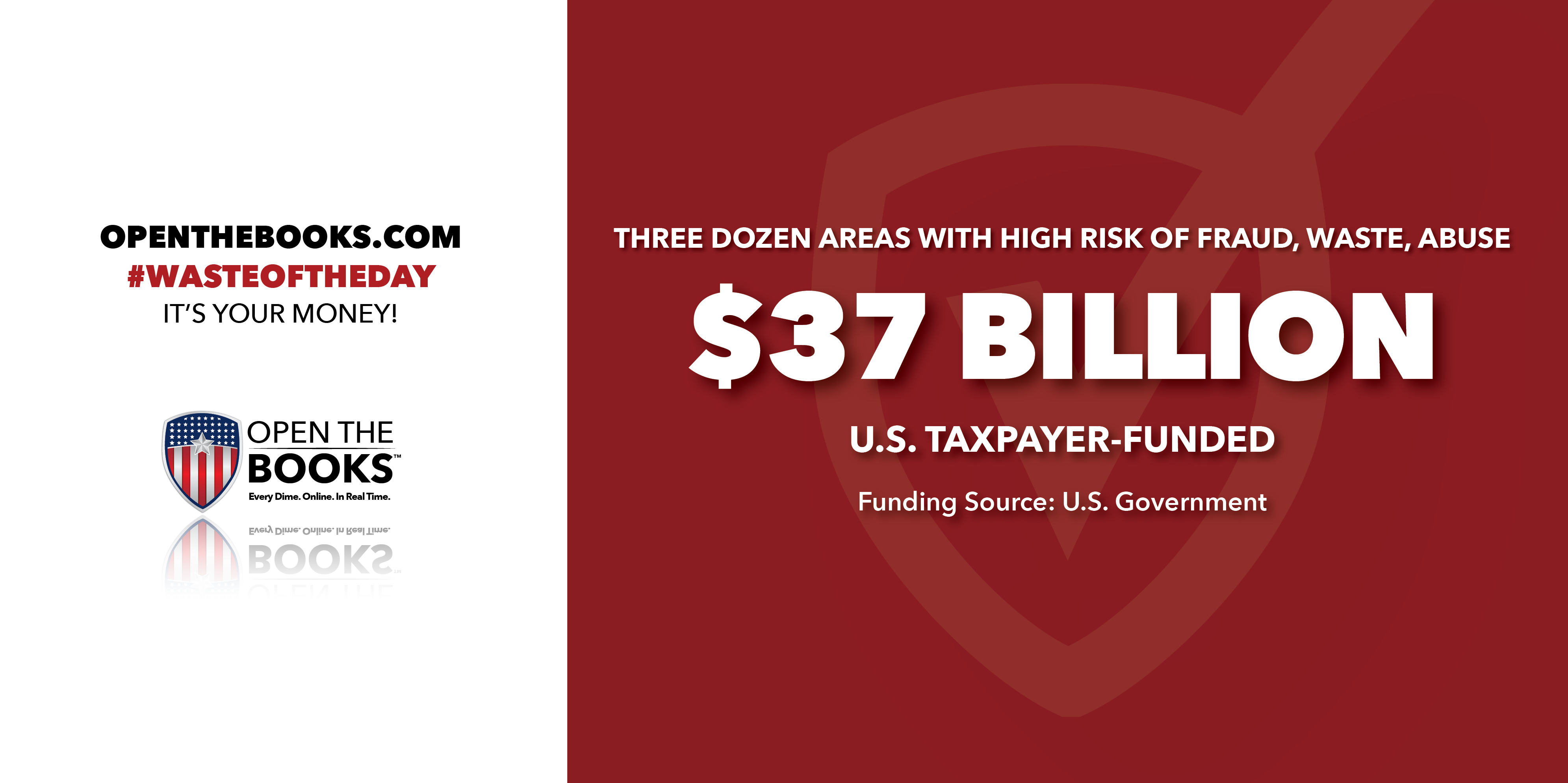
Watchdog: The Feds’ 37 High-Risk Areas – Risking $37 Billion This Year
There are 37 areas whose government operations are high risk to fraud, waste, abuse, and mismanagement, or in need of transformation, costing taxpayers at least $37 billion, a Government Accountability Office annual “High Risk List” reported.
The April report detailed the 37 areas in which the federal government needs to substantially improve, each of which are costing taxpayers at least $1 billion.

Some of these areas have been on the high risk list for decades, yet continue to go unaddressed. Twenty-five of the 37 areas have been on the list for over a decade, with five areas dating back to 1990. Only 16 areas have made progress in the past two years, the report found.
High risk areas include the Department of Defense Weapons Systems Acquisitions, Acquisition and Program Management for Department of Energy’s National Nuclear Security Administration, and Ensuring the Cybersecurity of the Nation. Others have potentially catastrophic economic consequences, like Strengthening Medicaid Program Integrity, the Unemployment Insurance System, and the US Postal Service’s Financial Viability.
Taking action to address these areas would have substantial economic benefits. The GAO claims agencies that have taken corrective action based on the issues it has highlighted has saved $675 billion from 2006 to 2022, and $100 billion since its last report in 2021. It also notes that solutions are multifaceted, and both executive and congressional action is needed to remedy many of the issues on the list.
While the federal government has no shortage of issues to address, GAO has given Congress and executive agencies a clear roadmap for issues that must be urgently remedied. Now it’s up to both branches of government to take decisive action to make the government work more efficiently for everyone.
The #WasteOfTheDay is brought to you by the forensic auditors at OpenTheBooks.com
This article was originally published by RealClearInvestigations and made available via RealClearWire.



